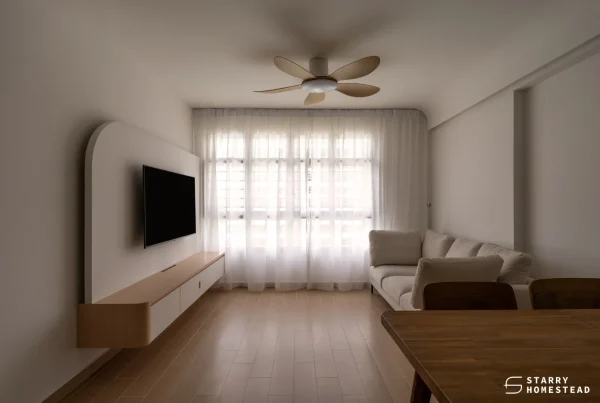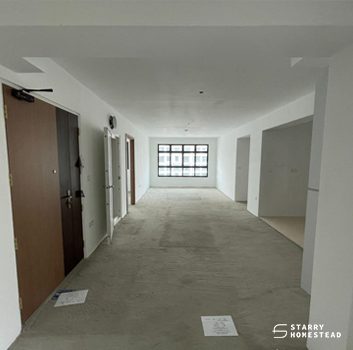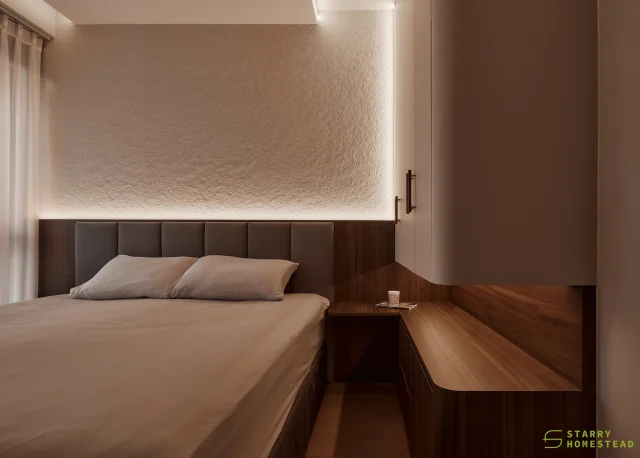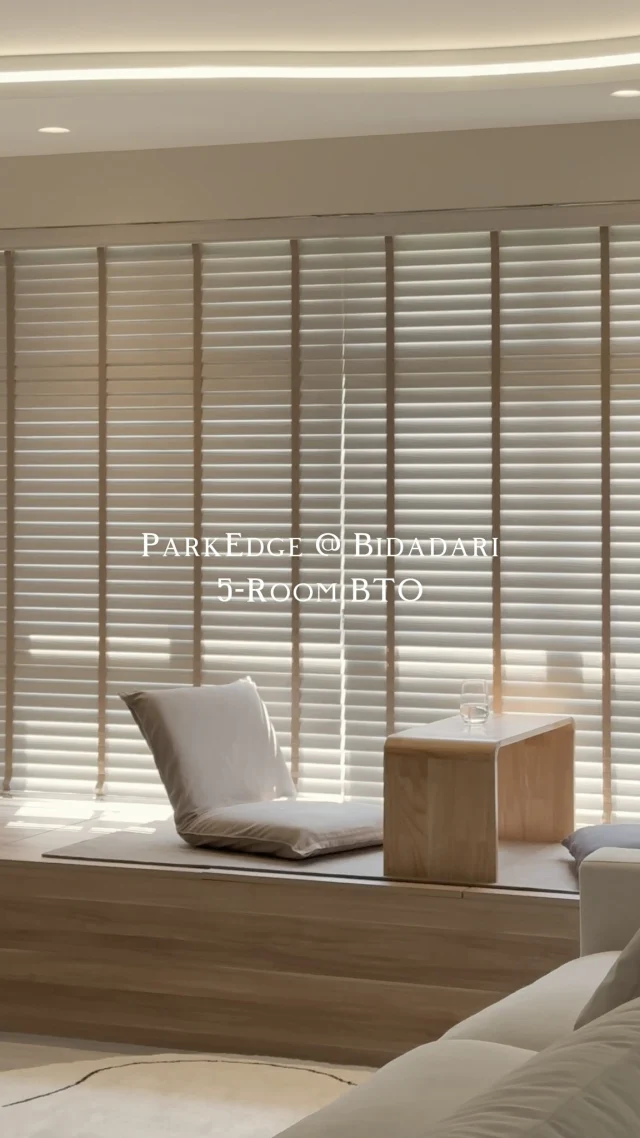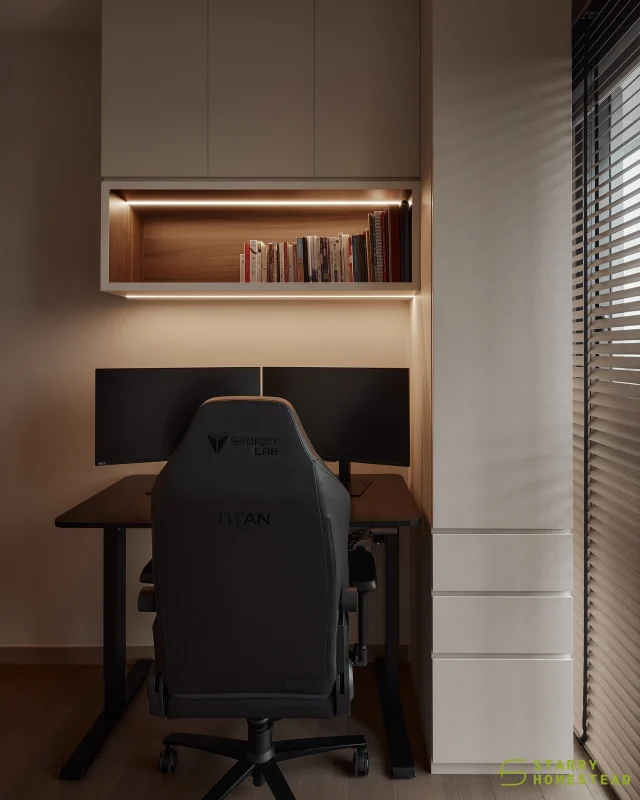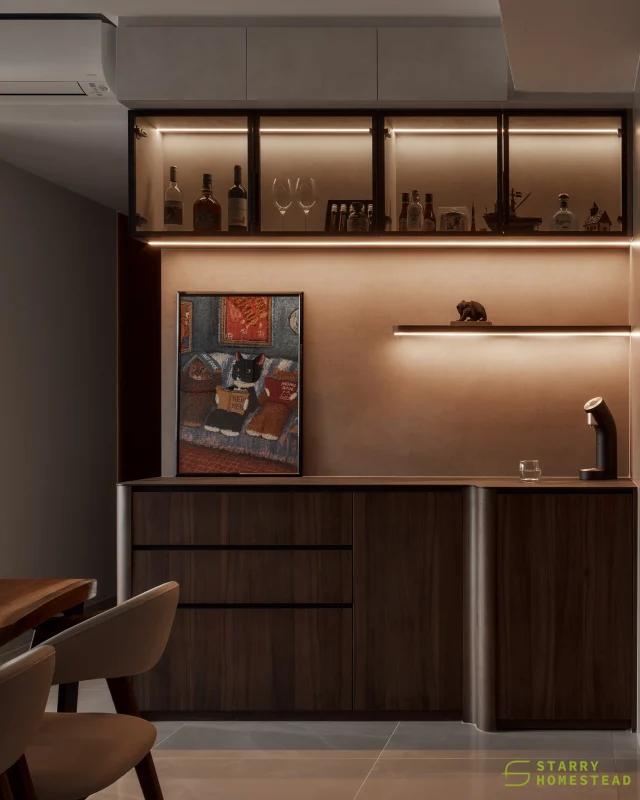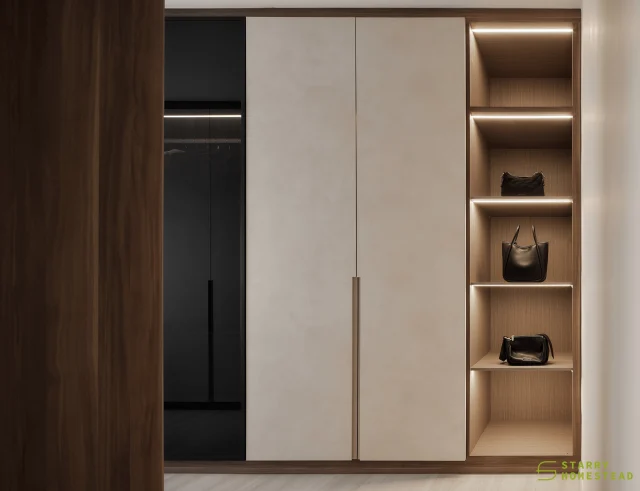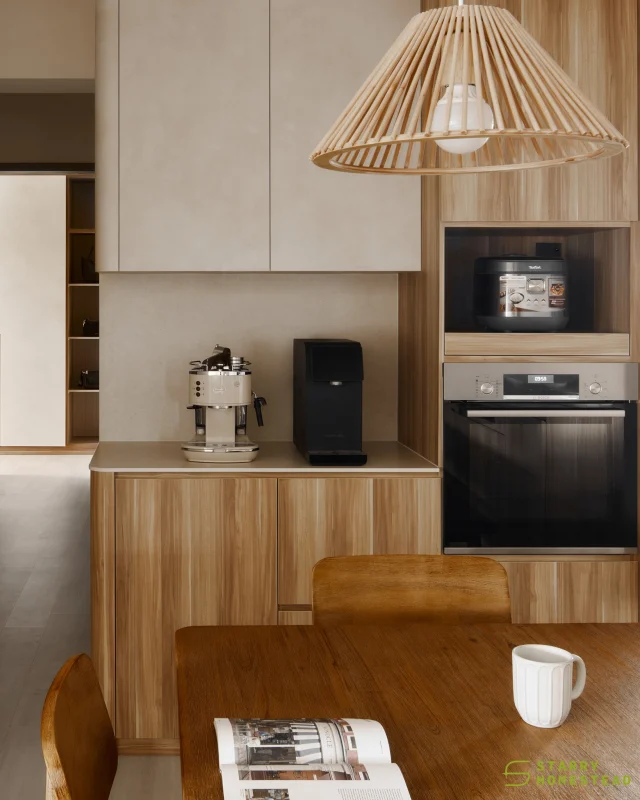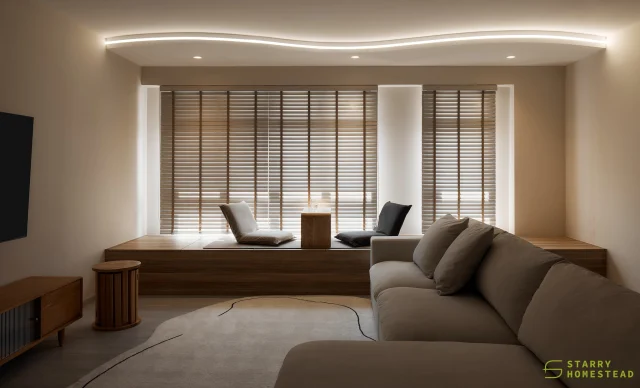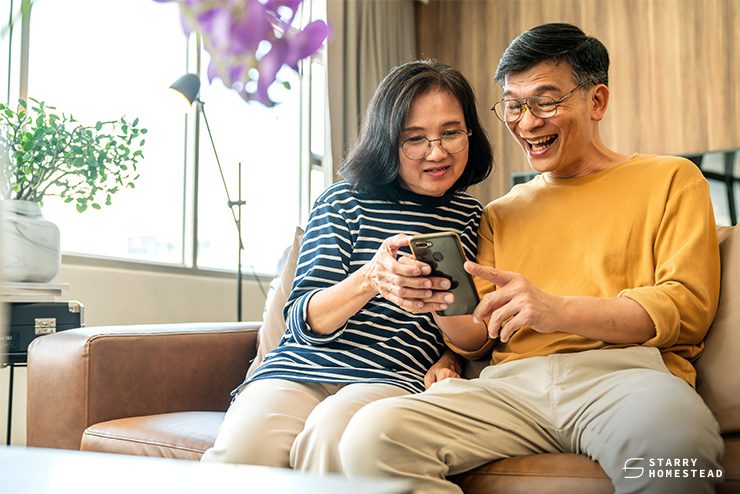
Singapore’s ageing population and our lack of housing is why many of us are still living with our parents and/or grandparents. Even if you are not currently living with your elderly family members, there is a chance that they may move in with you in the future. In order to help you elderly-proof your home without compromising on interior aesthetics, we’ve put together a guide to designing a home that’s stylish and safe for everyone. Take these into consideration before embarking on your home renovation journey.
- Minimal obstruction
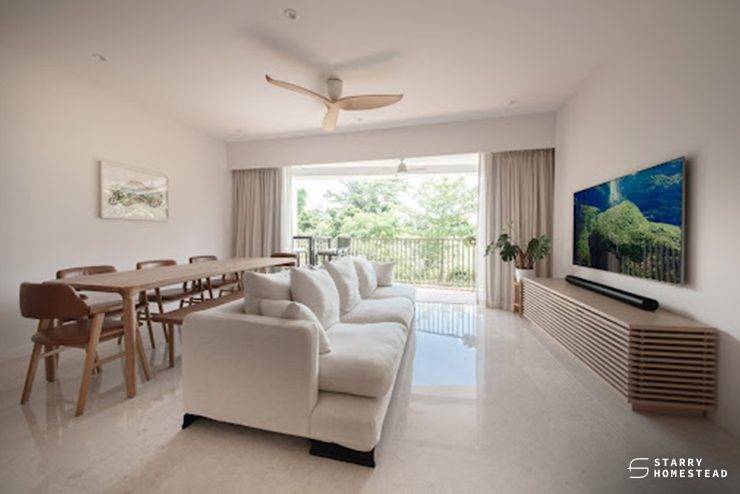
Many seniors struggle with mobility due to muscle aches, joint problems, or other health issues. A senior-friendly home should then be designed to allow for safe and easy movement throughout the house. This involves designing an uncluttered space with minimal or zero obstructions.
When working with an interior design company to design your home, make sure that no platforms or steps are added, and that the floor will be kept levelled. You may also want to avoid having tripping hazards such as area rugs or carpets, as well as limiting the amount of furniture in your home to keep spaces clean and open. Keeping furniture against the wall in your home is also another way to create more floor space. This also means wider passageways for those who require the assistance of a wheelchair or walker.
- Sufficient lighting
Ageing can cause vision to deteriorate, and inadequate lighting can lead to accidents if your elderly family member is unable to see clearly. While natural light is sufficient for most of us, it is insufficient for seniors with poor vision.
Consider placing automatic LED lights or night lights near the elderly’s bed or along frequently used paths at home to make moving around safer, especially at night. Consider the areas that will need to be illuminated for better visibility when planning your home renovations. For example, the path to the bathroom, to the kitchen, or the path to the bedroom from the front door. You could also install energy-efficient track lighting that stays lit at night so that the house is always slightly illuminated. Warm track lighting also adds a cosy touch to your home.
- Use colours and contrast
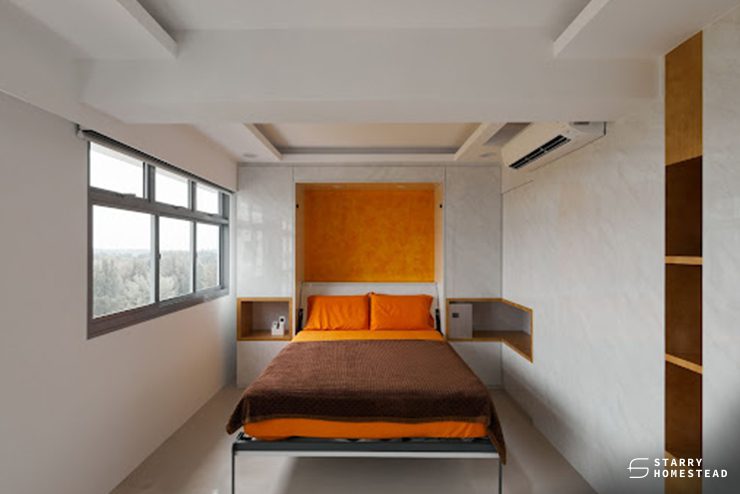
Colours and contrast don’t just add vibrancy to your home’s interior, but they also help to improve the overall wellbeing of your elderly family member and even keep homes safe. Warm colours generate energy and excitement and promote feelings of security and warmth, making them ideal for senior-friendly interiors. On the other hand, cool colours such as blue, green, and turquoise, are difficult for the ageing eye to perceive. As a result, these colours should be avoided.
Using contrasting colours on different surfaces also helps the elderly tell the difference between surfaces, which can prevent them from tripping, falling, or bumping into things.
- Eliminate high cabinets
Reaching for items on high shelves or cabinets can be dangerous for the elderly, even if they are simply reaching for them without using step stools. Especially with elderly family members who have mobility issues, they risk falling or injuring themselves when trying to reach for things. To avoid this, refrain from installing tall cabinets or shelves that are difficult to reach. If at all possible, keep everything at eye level or close to the ground. Otherwise, tall cabinets are fine; simply keep all of the items that your elderly family members need on the lower levels.
Having elderly family members at home does not need you to transform your home into a fully functional space with no aesthetic value. While creating safe spaces is important, you can still keep your home stylish and creative with the right design elements.
Want to provide your senior family members with a safe and pleasant environment to enjoy their old age in? You can do so with the help of an experienced interior designer.
Starry Homestead is an award winning interior design company in Singapore with years of experience in creating beautiful and functional homes. Get in touch with us today for some of the best interior design solutions.
